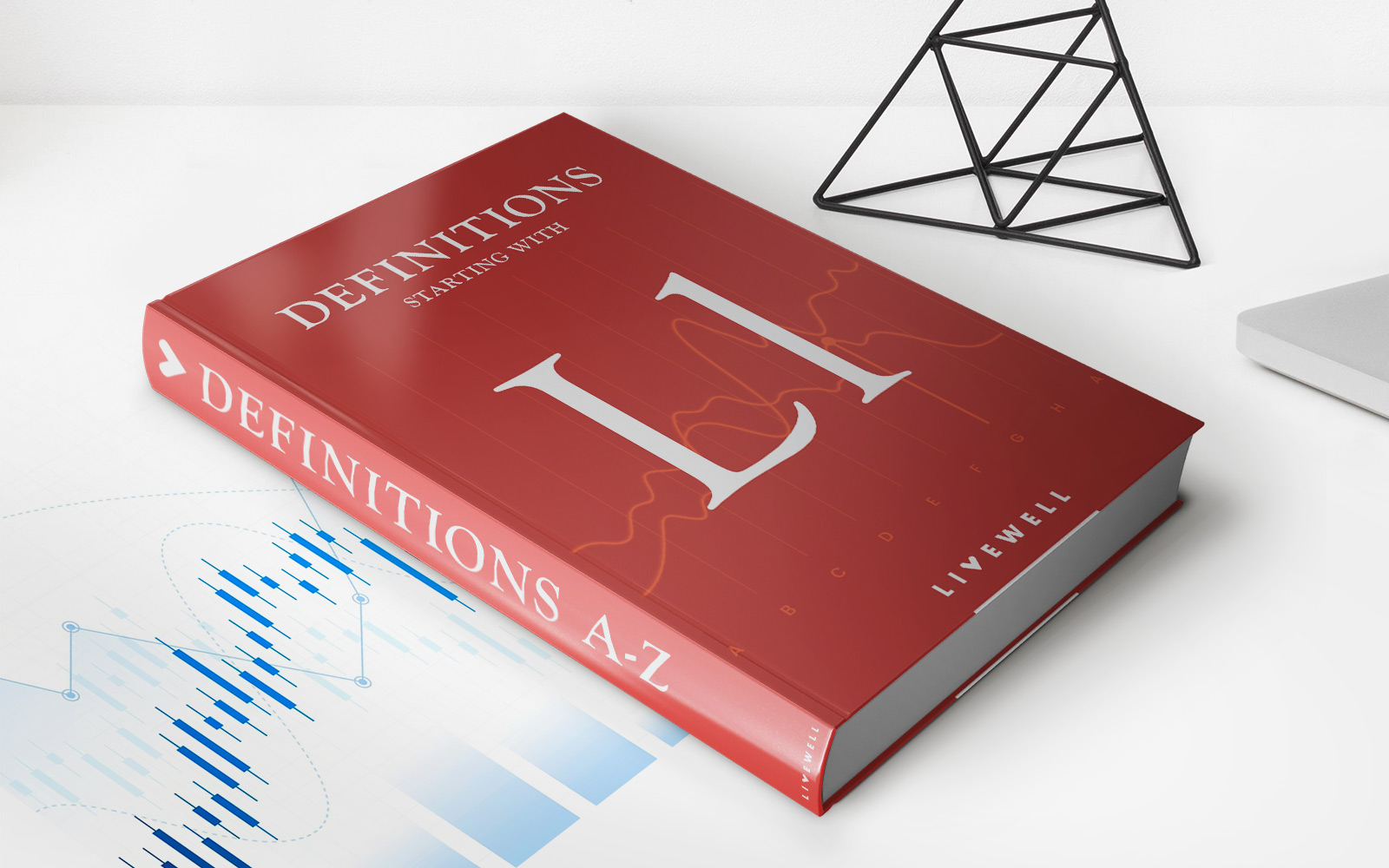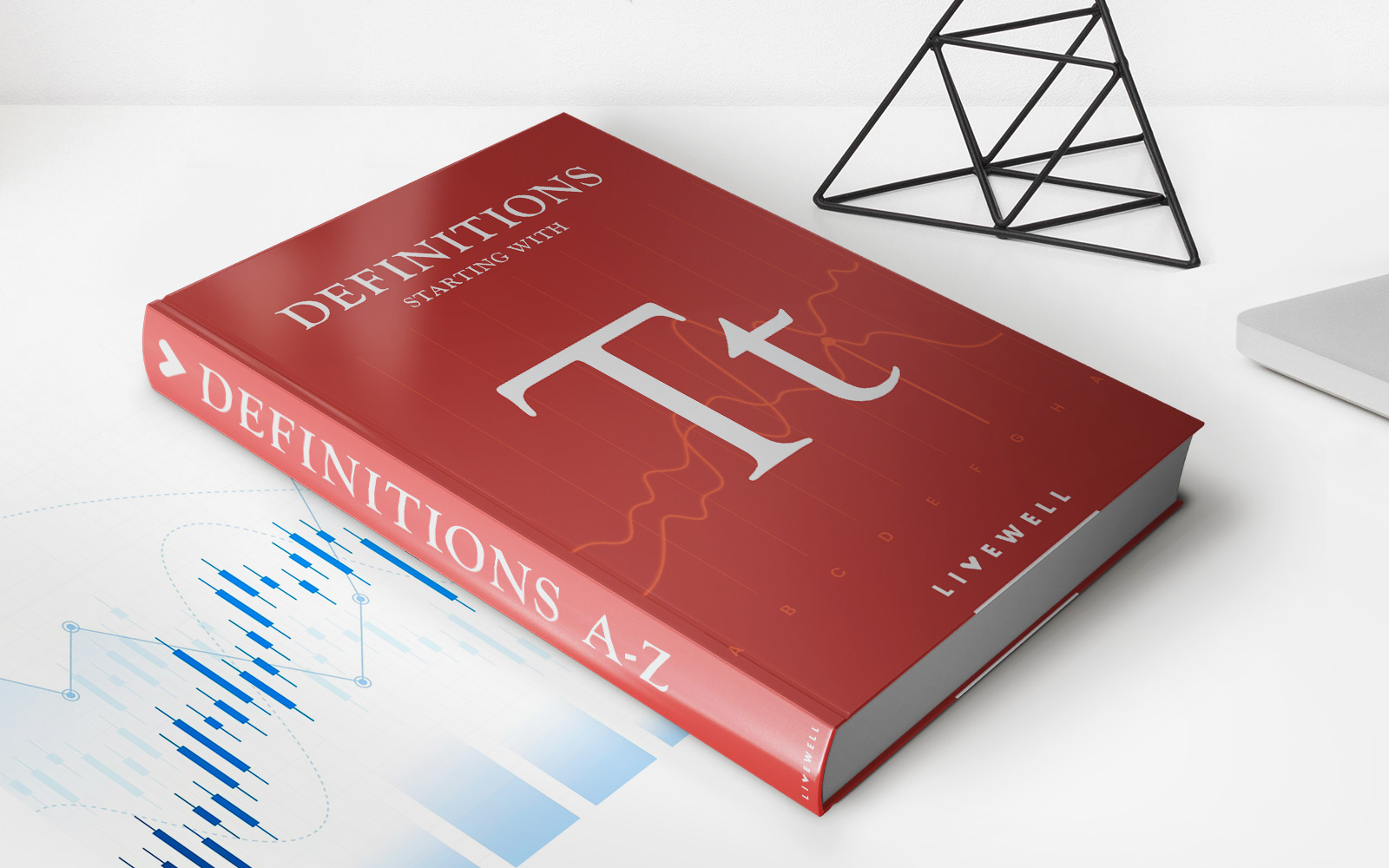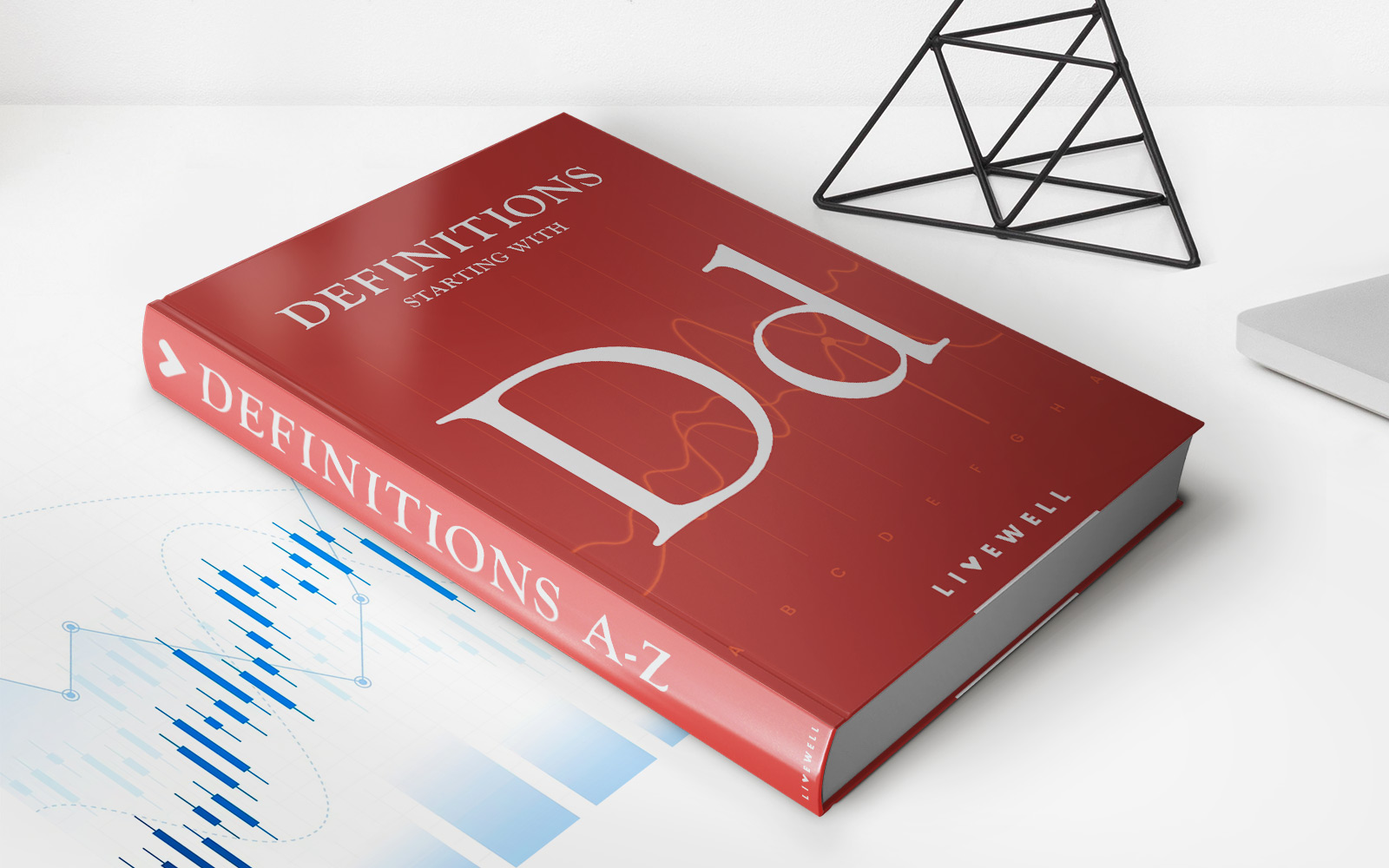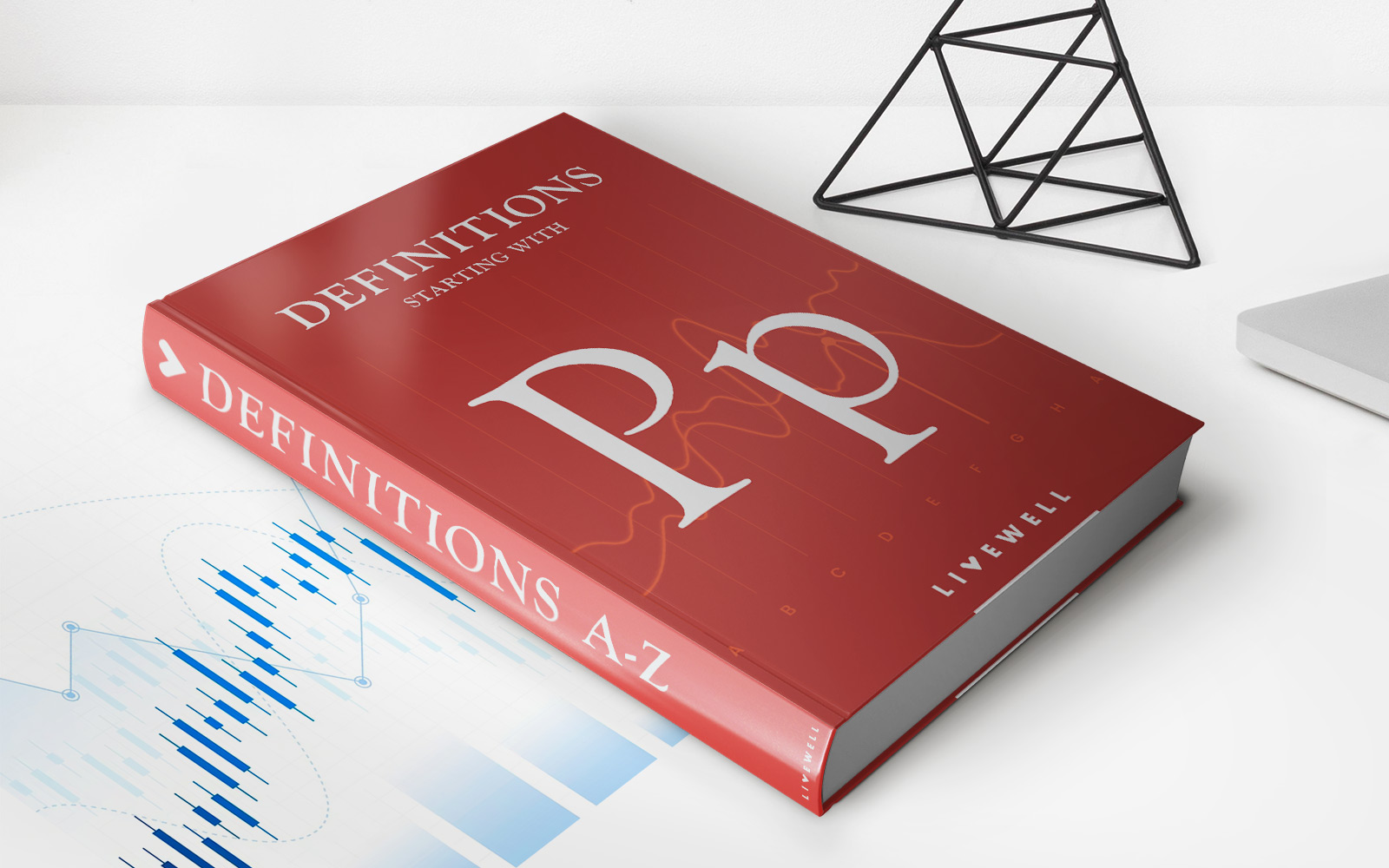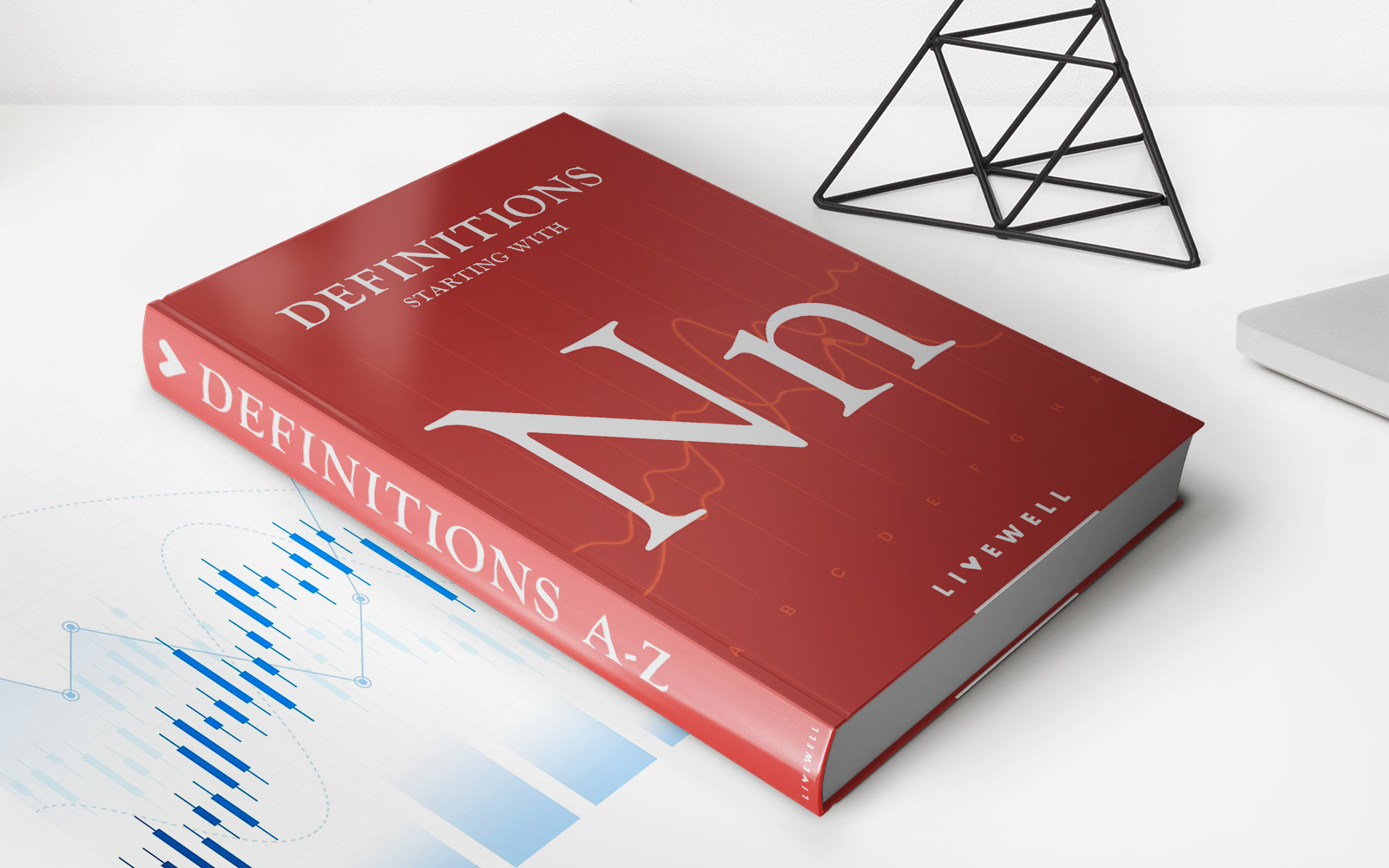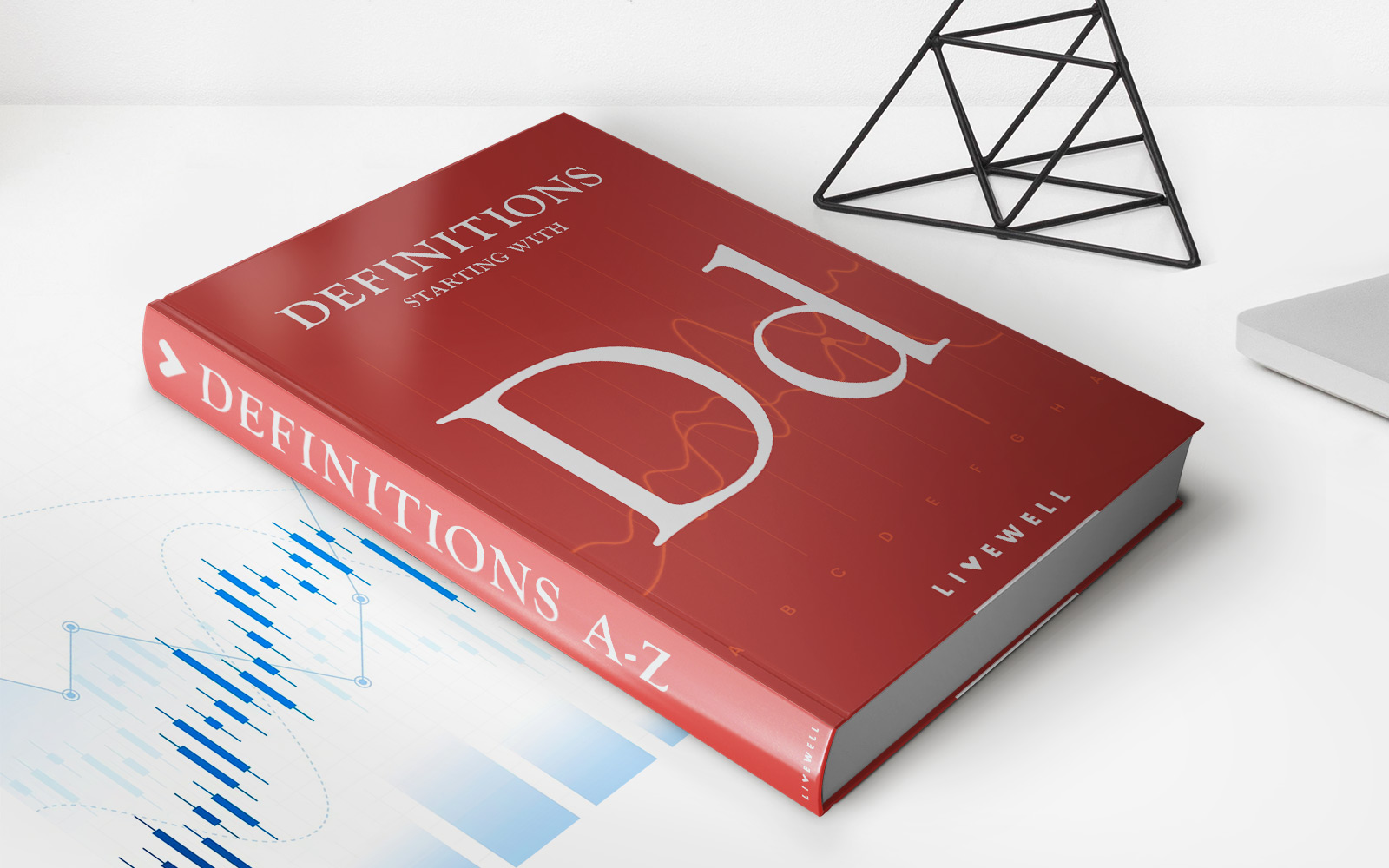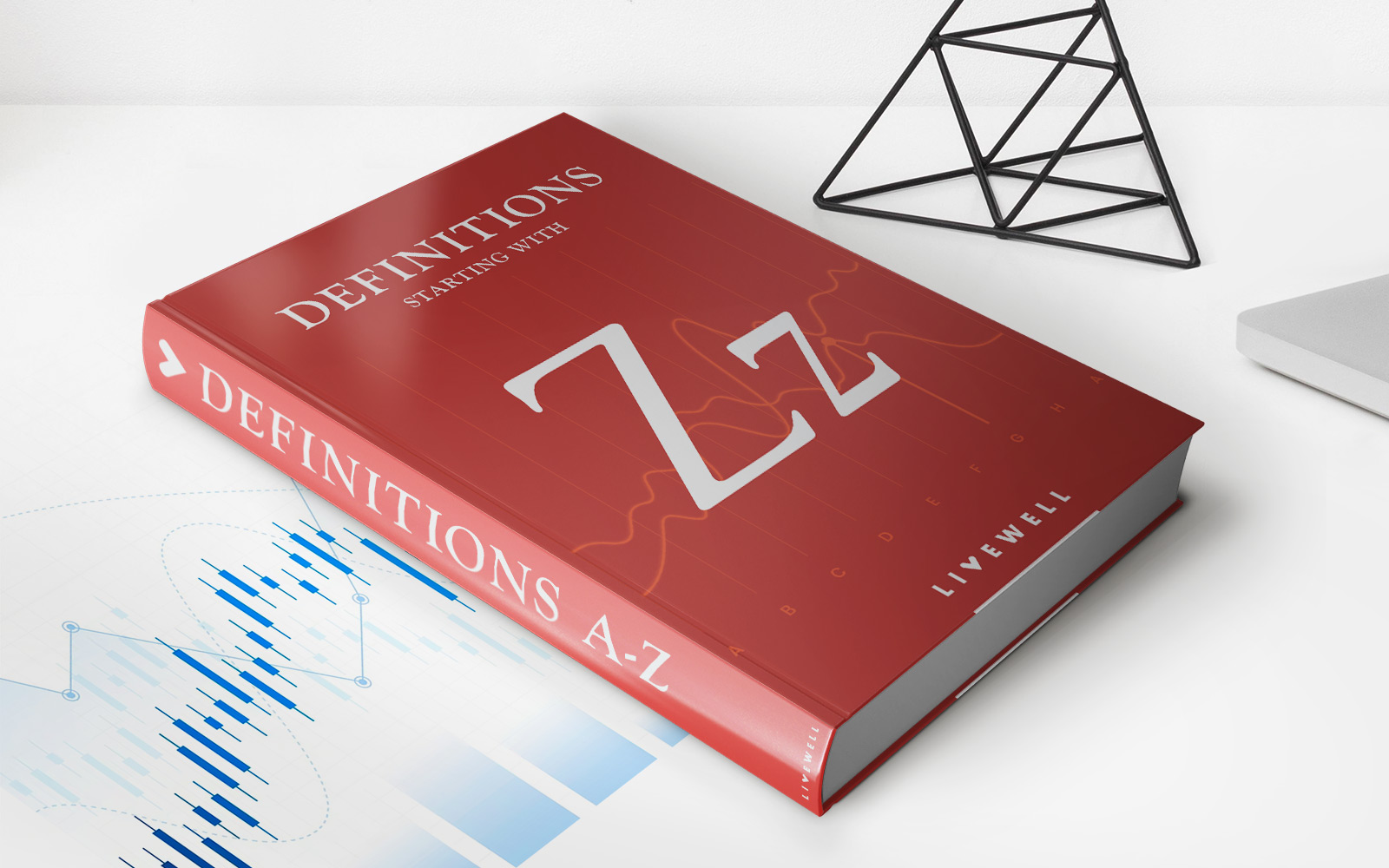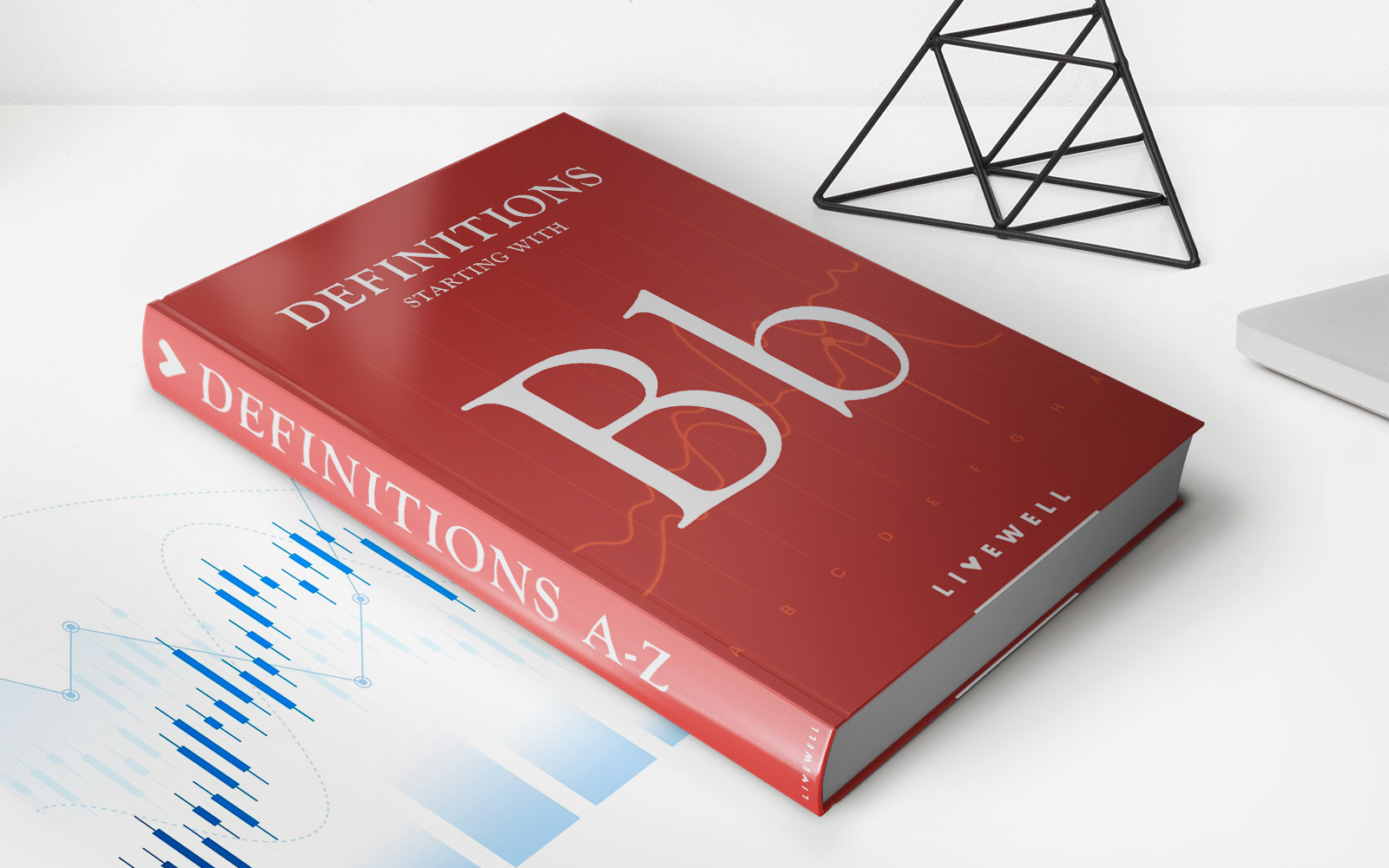

Finance
Toxic Debt Definition
Published: February 9, 2024
Learn the meaning of toxic debt in finance and how it impacts the economy. Gain an understanding of the risks and consequences associated with toxic debt.
(Many of the links in this article redirect to a specific reviewed product. Your purchase of these products through affiliate links helps to generate commission for LiveWell, at no extra cost. Learn more)
Welcome to the World of Toxic Debt!
Are you curious about what exactly toxic debt is and how it affects the world of finance? Well, you’ve come to the right place! In this article, we will dive deep into the definition of toxic debt and explore its impact on the financial industry. So, let’s get started!
Key Takeaways
- Toxic debt refers to debt instruments that have a high risk of default and are considered extremely risky for investors.
- These debt instruments are typically associated with assets that have been severely devalued or have questionable credit quality.
Understanding Toxic Debt
Toxic debt is much like a dark cloud hovering over the financial world. It refers to debt instruments that have a high risk of default, meaning there is a great possibility that the borrower will not be able to meet their repayment obligations. Such debt instruments are considered extremely risky for investors. Wondering how this came to be? Well, let’s take a closer look.
During the financial crisis of 2007-2008, toxic debt gained significant attention. Financial institutions had taken on large amounts of debt, particularly in the form of mortgage-backed securities. These securities were backed by pools of mortgages, which were in turn sliced into different tranches based on their level of risk. The problem arose when many of these mortgages turned out to be subprime, i.e., lent to borrowers with poor credit history, making them more likely to default on their loans.
The term “toxic debt” reflects the fact that these debt instruments became toxic to the financial institutions holding them. The assets that backed the debt instruments, such as real estate or mortgage-backed securities, had significantly dropped in value, making it difficult for investors to recover their investments. As a result, these debt instruments became illiquid, meaning they became nearly impossible to sell in the financial market due to their high risk.
So, what happens when toxic debt surges? Here are a few potential consequences:
- Market instability: The prevalence of toxic debt can lead to significant market instability, as investors become uncertain about the safety of their investments. This can result in financial panic and a downturn in the overall economy.
- Financial institution failures: When banks and other financial institutions hold large amounts of toxic debt, it can render them insolvent. In extreme cases, this can lead to businesses collapsing, individuals losing their savings, and even widespread economic recessions.
It’s crucial for the financial industry to identify and manage toxic debt promptly. Regulators, such as central banks, play a vital role in overseeing financial institutions and implementing policies to prevent the buildup of excessive toxic debt.
In conclusion, toxic debt refers to debt instruments that have a high risk of default and are considered extremely risky for investors. It emerged as a result of the financial crisis and can have far-reaching consequences for the global economy. By understanding and addressing toxic debt, we can strive towards a more stable and healthier financial system.
